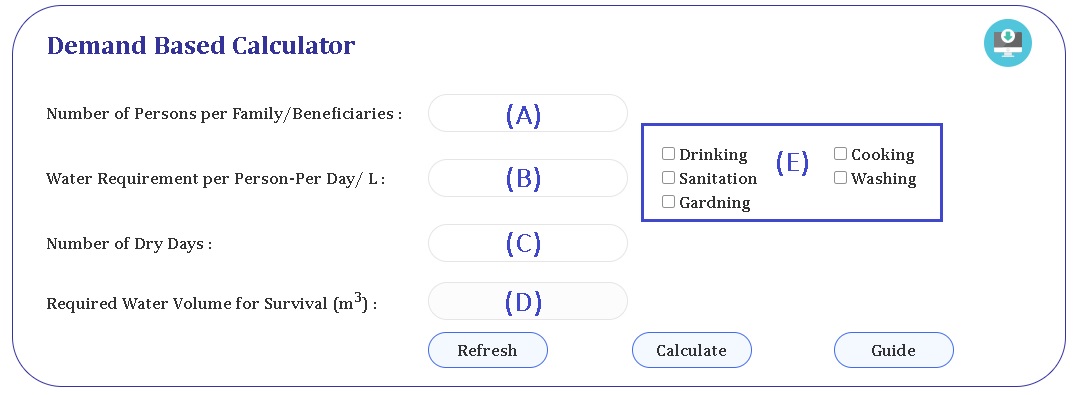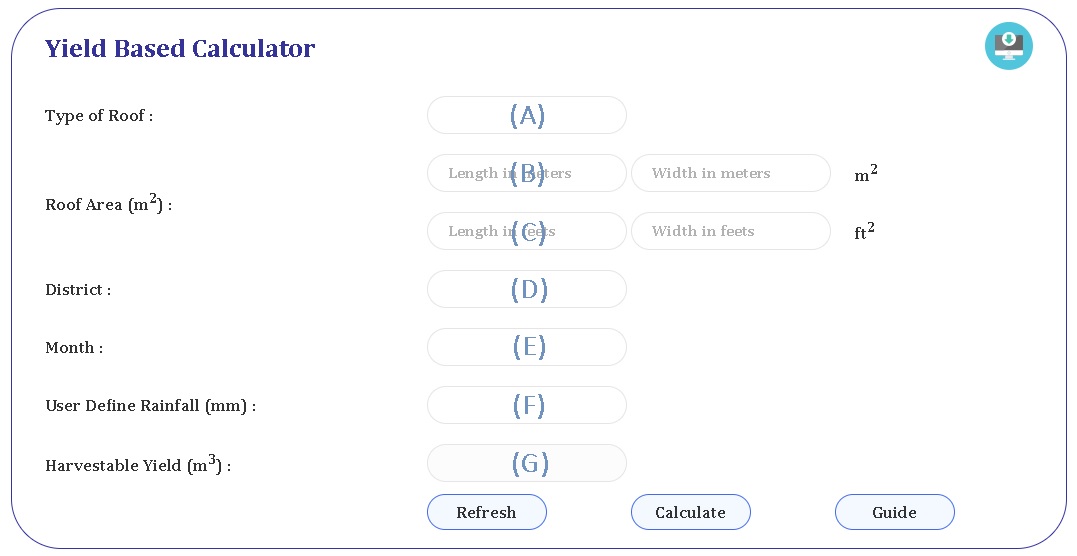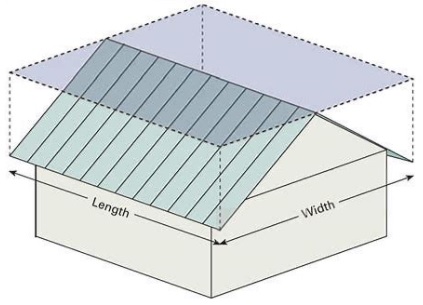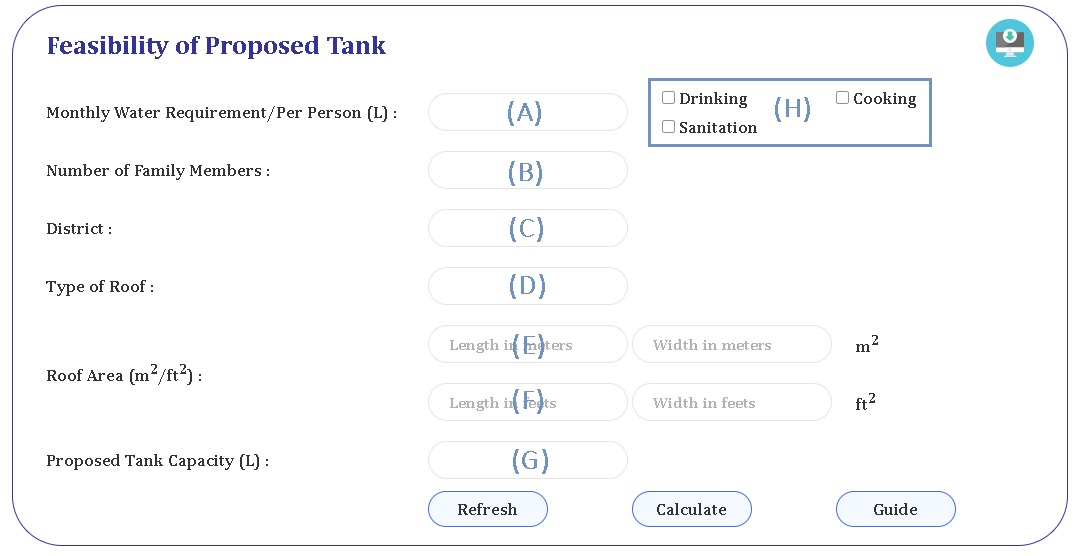Message from the CEO- Lanka Rain Water Harvesting Forum
 As the cost of domestic rainwater harvesting (DRWH) system depends mainly on the size of the
tank, it is important to design the tank to ensure optimum performance at tolerable cost. This
mathematical stimulation model developed in collaboration with National Building Research Organization
(NBRO) supported by USAID is using historical climate data and
physical characteristics of the rain harvesting systems such as roof area, roof surface type,
first flush volume, effective storage volume and in-house water demand. to calculate the
appropriate capacity of the rain water collection tank. This model will significantly benefit
householders, designers and planner in Sri Lanka to design rainwater harvesting system to
achieve a reliable and cost effective potable/alternative water source.
As the cost of domestic rainwater harvesting (DRWH) system depends mainly on the size of the
tank, it is important to design the tank to ensure optimum performance at tolerable cost. This
mathematical stimulation model developed in collaboration with National Building Research Organization
(NBRO) supported by USAID is using historical climate data and
physical characteristics of the rain harvesting systems such as roof area, roof surface type,
first flush volume, effective storage volume and in-house water demand. to calculate the
appropriate capacity of the rain water collection tank. This model will significantly benefit
householders, designers and planner in Sri Lanka to design rainwater harvesting system to
achieve a reliable and cost effective potable/alternative water source.
|
 As the cost of domestic rainwater harvesting (DRWH) system depends mainly on the size of the
tank, it is important to design the tank to ensure optimum performance at tolerable cost. This
mathematical stimulation model developed in collaboration with National Building Research Organization
(NBRO) supported by USAID is using historical climate data and
physical characteristics of the rain harvesting systems such as roof area, roof surface type,
first flush volume, effective storage volume and in-house water demand. to calculate the
appropriate capacity of the rain water collection tank. This model will significantly benefit
householders, designers and planner in Sri Lanka to design rainwater harvesting system to
achieve a reliable and cost effective potable/alternative water source.
As the cost of domestic rainwater harvesting (DRWH) system depends mainly on the size of the
tank, it is important to design the tank to ensure optimum performance at tolerable cost. This
mathematical stimulation model developed in collaboration with National Building Research Organization
(NBRO) supported by USAID is using historical climate data and
physical characteristics of the rain harvesting systems such as roof area, roof surface type,
first flush volume, effective storage volume and in-house water demand. to calculate the
appropriate capacity of the rain water collection tank. This model will significantly benefit
householders, designers and planner in Sri Lanka to design rainwater harvesting system to
achieve a reliable and cost effective potable/alternative water source.



